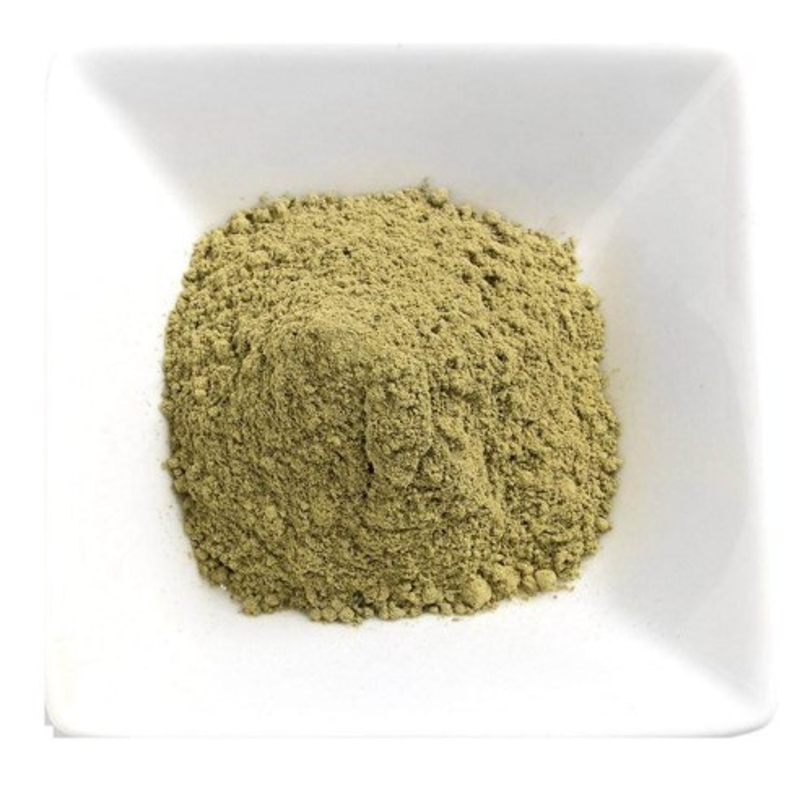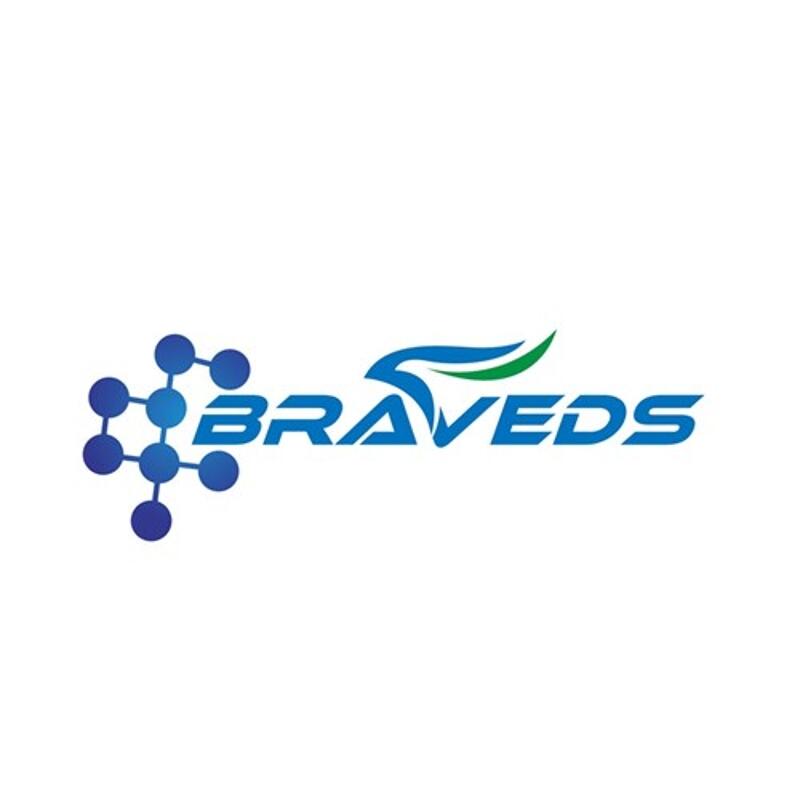-
Categories
-
Pharmaceutical Intermediates
-
Active Pharmaceutical Ingredients
-
Food Additives
- Industrial Coatings
- Agrochemicals
- Dyes and Pigments
- Surfactant
- Flavors and Fragrances
- Chemical Reagents
- Catalyst and Auxiliary
- Natural Products
- Inorganic Chemistry
-
Organic Chemistry
-
Biochemical Engineering
- Analytical Chemistry
-
Cosmetic Ingredient
- Water Treatment Chemical
-
Pharmaceutical Intermediates
Promotion
ECHEMI Mall
Wholesale
Weekly Price
Exhibition
News
-
Trade Service
2-(Thiocyanomethylthio)benzothiazole, also known as CB1009.
8, is a chemical compound that has been widely used in the chemical industry for various applications.
This compound is a derivative of benzothiazole and thiocyanate, and it is often used as a catalyst or catalyst component in a variety of chemical reactions.
One of the main applications of CB1009.
8 is in the production of polycarbonate polyols, which are used in the production of polyurethane coatings, adhesives, and other materials.
CB1009.
8 is used as a catalyst in the reaction between bisphenol A and phosgene to produce the polycarbonate polyol.
This reaction is exothermic, and CB1009.
8 is able to effectively catalyze the reaction and control the temperature to prevent excessive heat buildup and possible explosion.
CB1009.
8 is also used as a catalyst in the production of polyester polyols, which are used in the production of polyurethane fibers, films, and other materials.
In this reaction, CB1009.
8 is used to catalyze the reaction between dicarboxylic acids and diols to produce the polyester polyol.
This reaction is typically carried out at high temperatures and pressures, and CB1009.
8 is able to effectively catalyze the reaction and control the temperature and pressure to prevent excessive heat buildup and possible explosion.
In addition to its use as a catalyst, CB1009.
8 is also used as an initiator in the production of polyurethane foams.
In this application, CB1009.
8 is used to initiate the reaction between a polyol and an isocyanate to produce the polyurethane foam.
This reaction is typically carried out at low temperatures and pressures, and CB1009.
8 is able to effectively initiate the reaction and produce a uniform foam with good mechanical properties.
CB1009.
8 has also been used as a catalyst in the production of polyamides, which are used in a variety of applications, including textiles, engineering plastics, and automotive parts.
In this reaction, CB1009.
8 is used to catalyze the reaction between a diamine and a dicarboxylic acid to produce the polyamide.
This reaction is typically carried out at high temperatures and pressures, and CB1009.
8 is able to effectively catalyze the reaction and control the temperature and pressure to prevent excessive heat buildup and possible explosion.
Overall, CB1009.
8 is a versatile and effective catalyst and initiator that has a wide range of applications in the chemical industry.
Its ability to effectively catalyze and control reactions at high temperatures and pressures make it a valuable tool for producers of polyurethane foams, polycarbonate polyols, polyester polyols, and polyamides.







